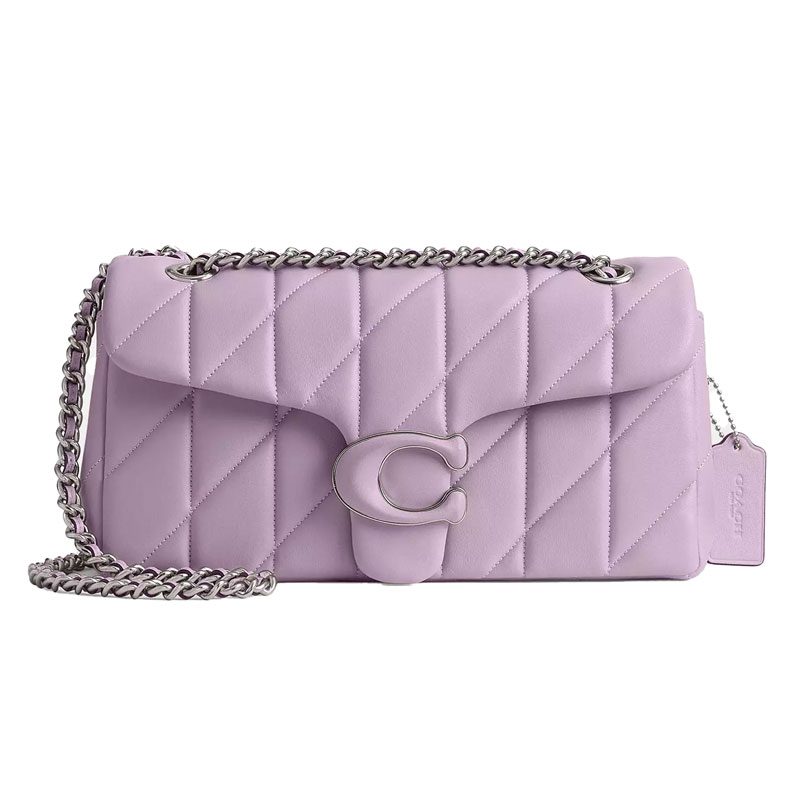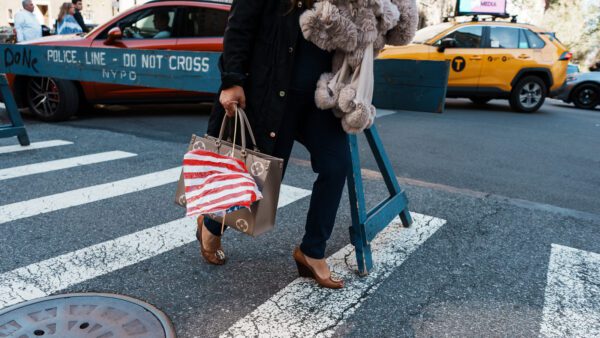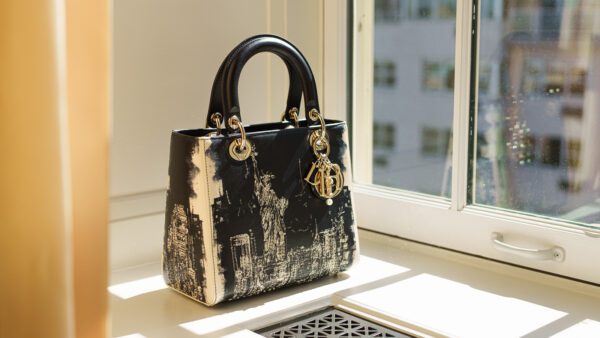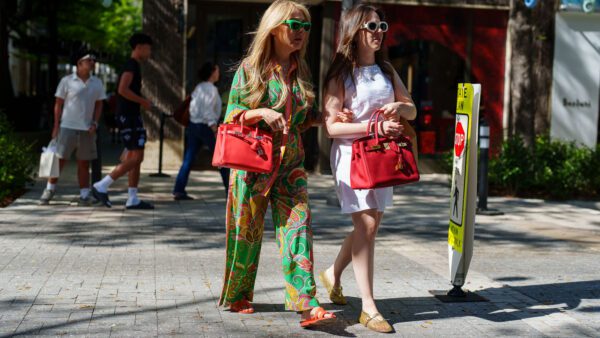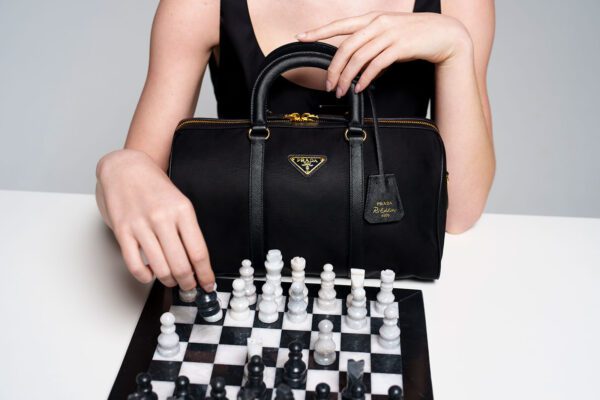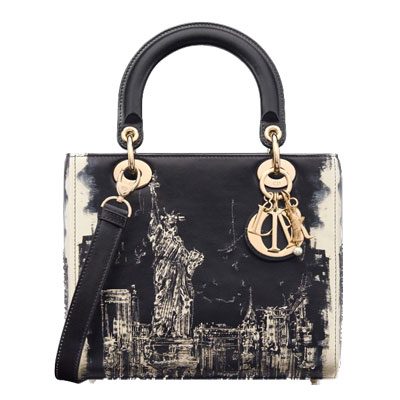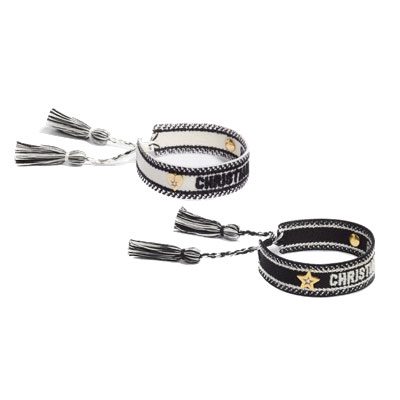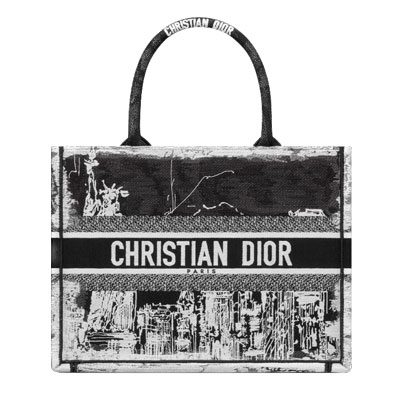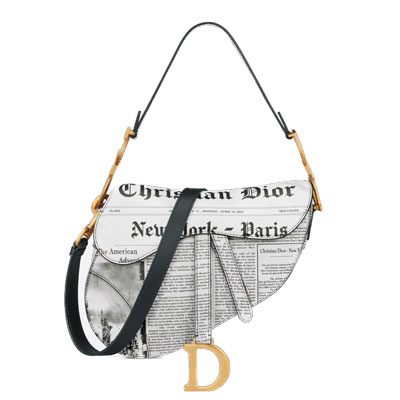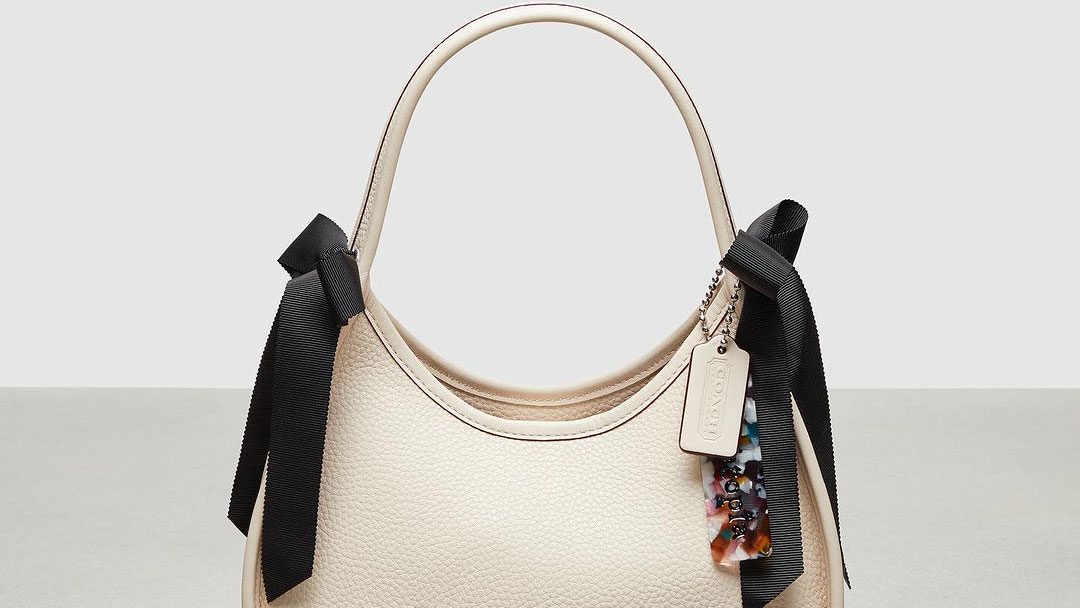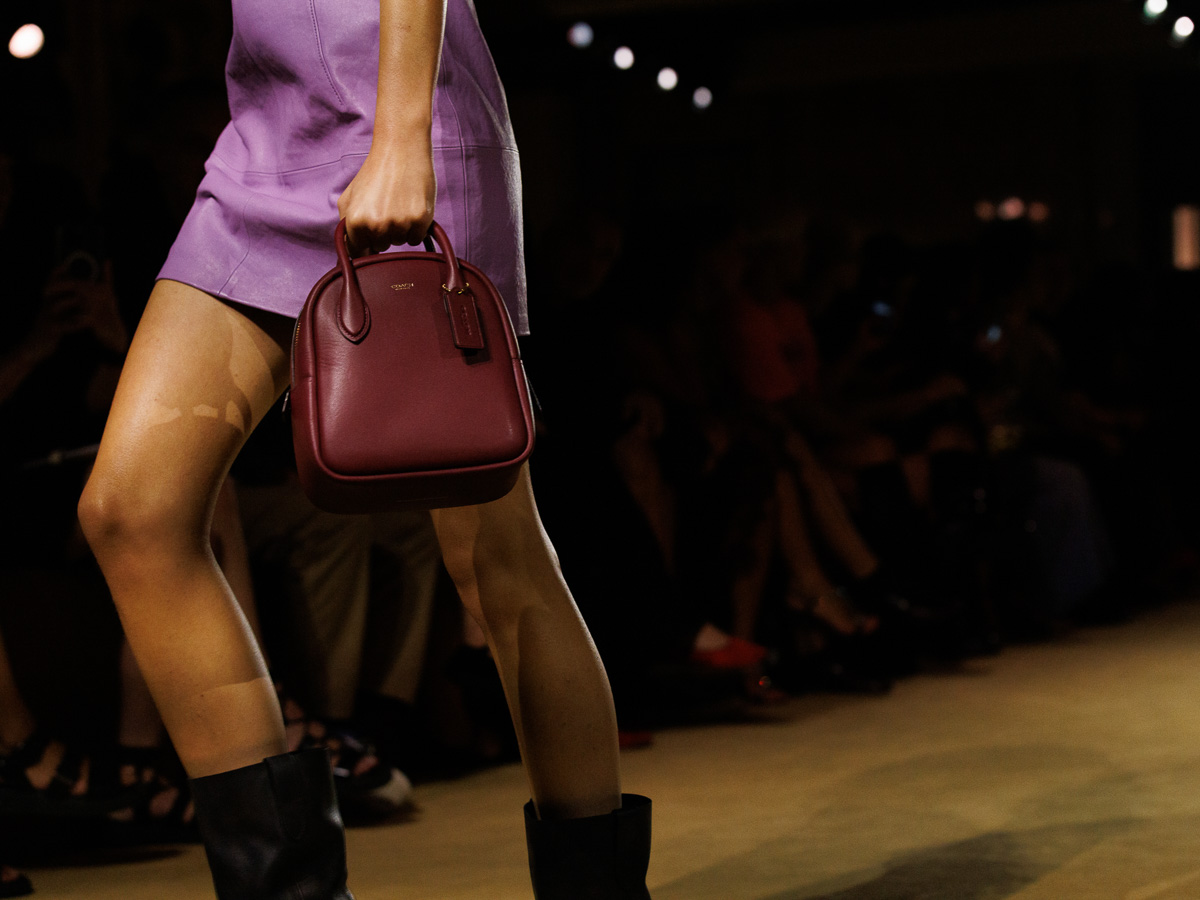Few American fashion brands are as storied and well-known as Coach. Founded in 1941, what began as a family-owned and operated leather goods business evolved into a full-scale fashion brand spanning multiple product categories.
Known in the early days as Manhattan Leather Bags, the brand was founded on its attention to detail and leather craft, focusing on handmade wallets and billfolds. The small brand was eventually acquired by Miles and Lillian Cahn, and it was then that the business boomed.
The duo brought on Bonnie Cashin to further develop its handbags, resulting in a wide range of functional yet stylish handbags. Coach made its name by producing quality leather bags at an accessible price point, but it wasn’t actually until the late 1970s that the boom began.
It was then, in 1979, that a new name would join the team, president Lew Frankfort, who was the one to pinpoint a need in the market for high-quality bags at accessible prices. Frankfort was also the one to spearhead the brand’s expansion.
A Household Name
By the early 2000s, Coach had become a household name that was widely accessible to people outside the world’s biggest fashion cities and top tax brackets. Its broad range of bags could be found on an even broader range of people.
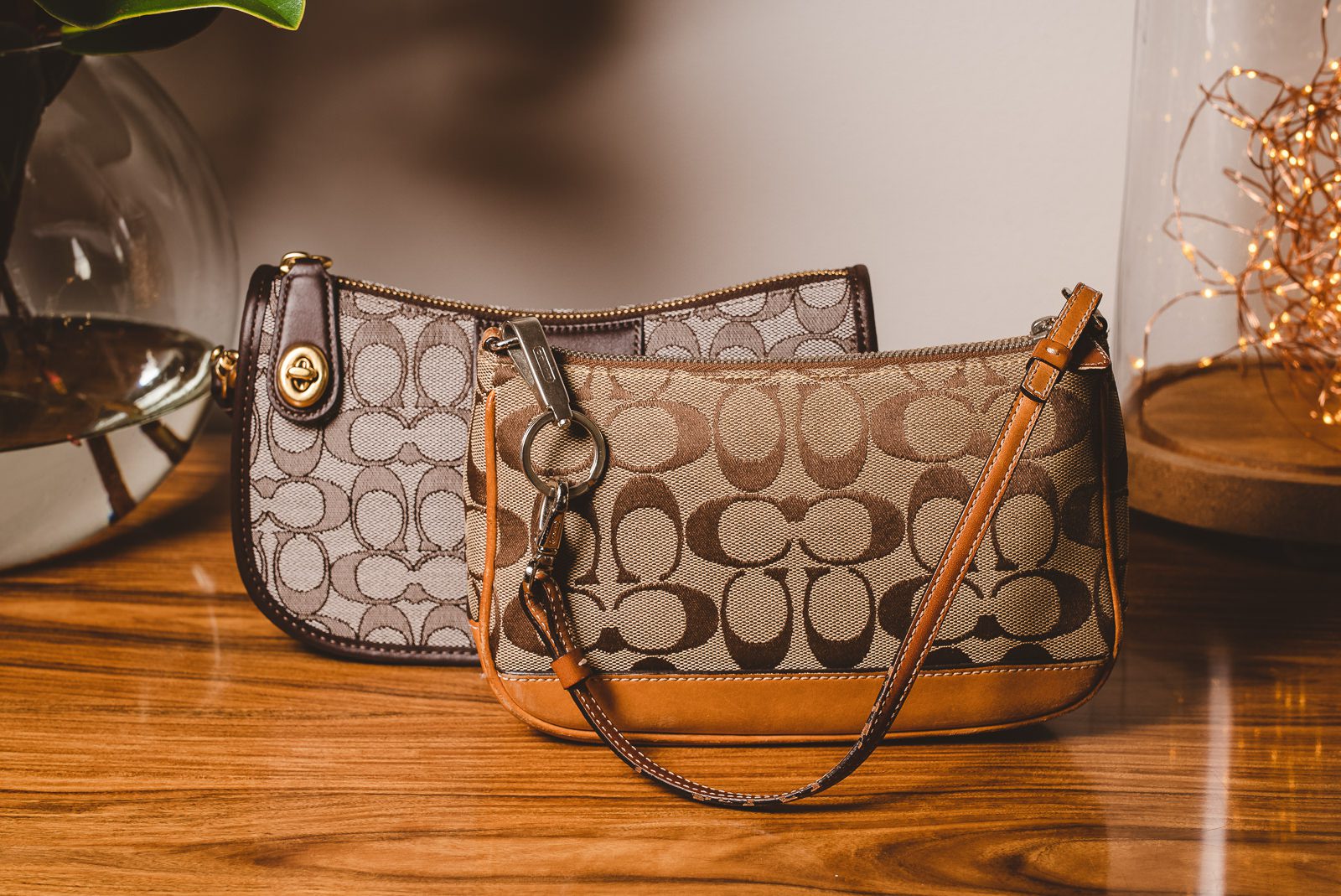
Still, the brand’s massive expansion was not met without challenges, and its reputation for affordable luxury largely contributed to its downfall. It soon became a little too ubiquitous and felt stale rather than stylish. Even the brand’s higher-priced collection items no longer felt special.
Then, the brand brought on Stuart Vevers in 2013, and a slow, calculated rebranding began.
Coach Meets Gen Z
In the late 2010s, the shift began, and by the TikTok boom of the early 2020s, it was clear. Coach was back, and with it came a whole new generation of Coach lovers.
But just how did Coach manage to win over Gen Z—the generation whose shopping patterns and spending habits have been notoriously difficult to keep track of?
Born between 1997 and 2012, they are the largest generation yet, and with each passing year, their spending power increases. Yet capturing their attention and tapping into their spending power has been complicated for many brands.
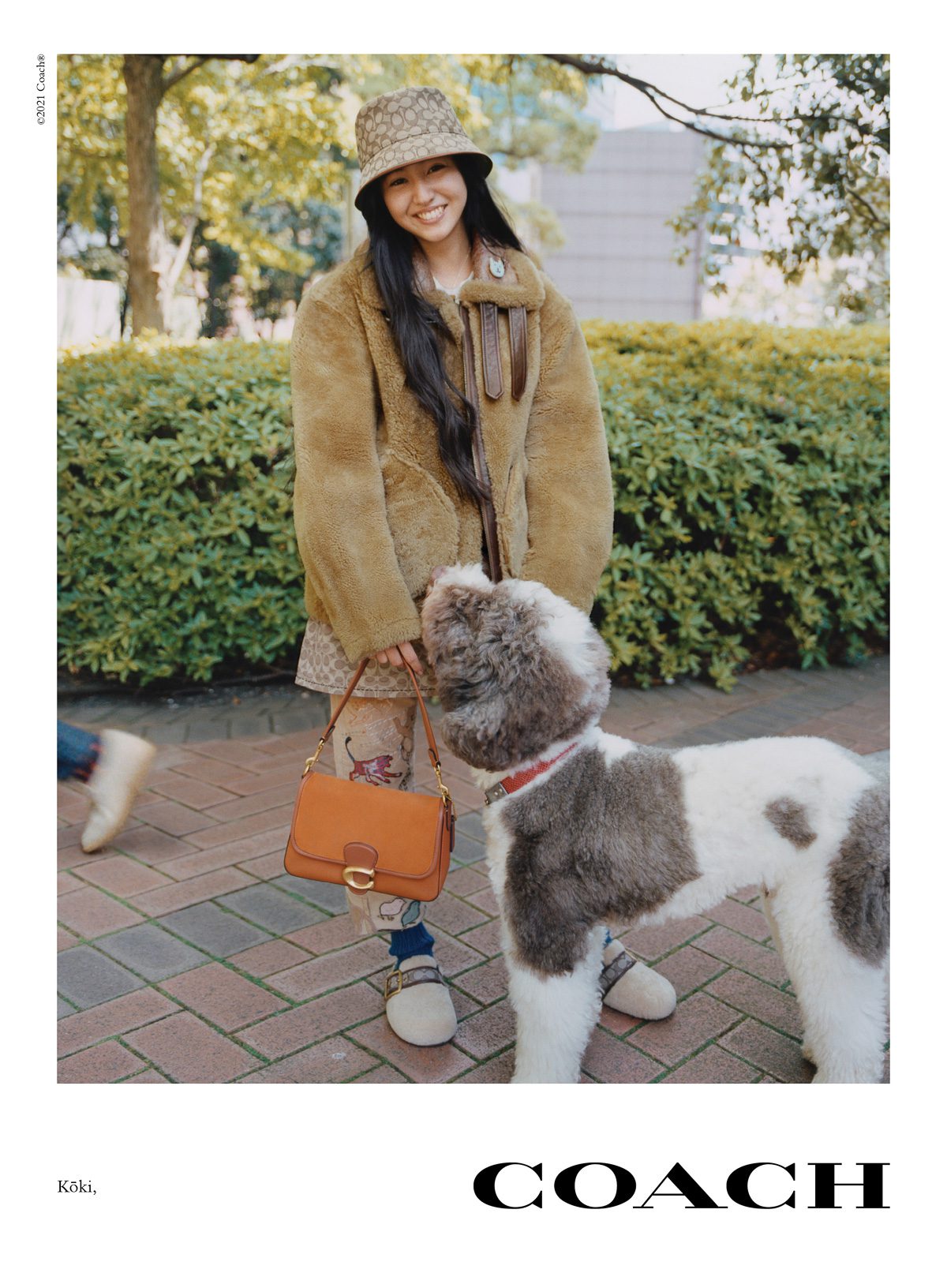
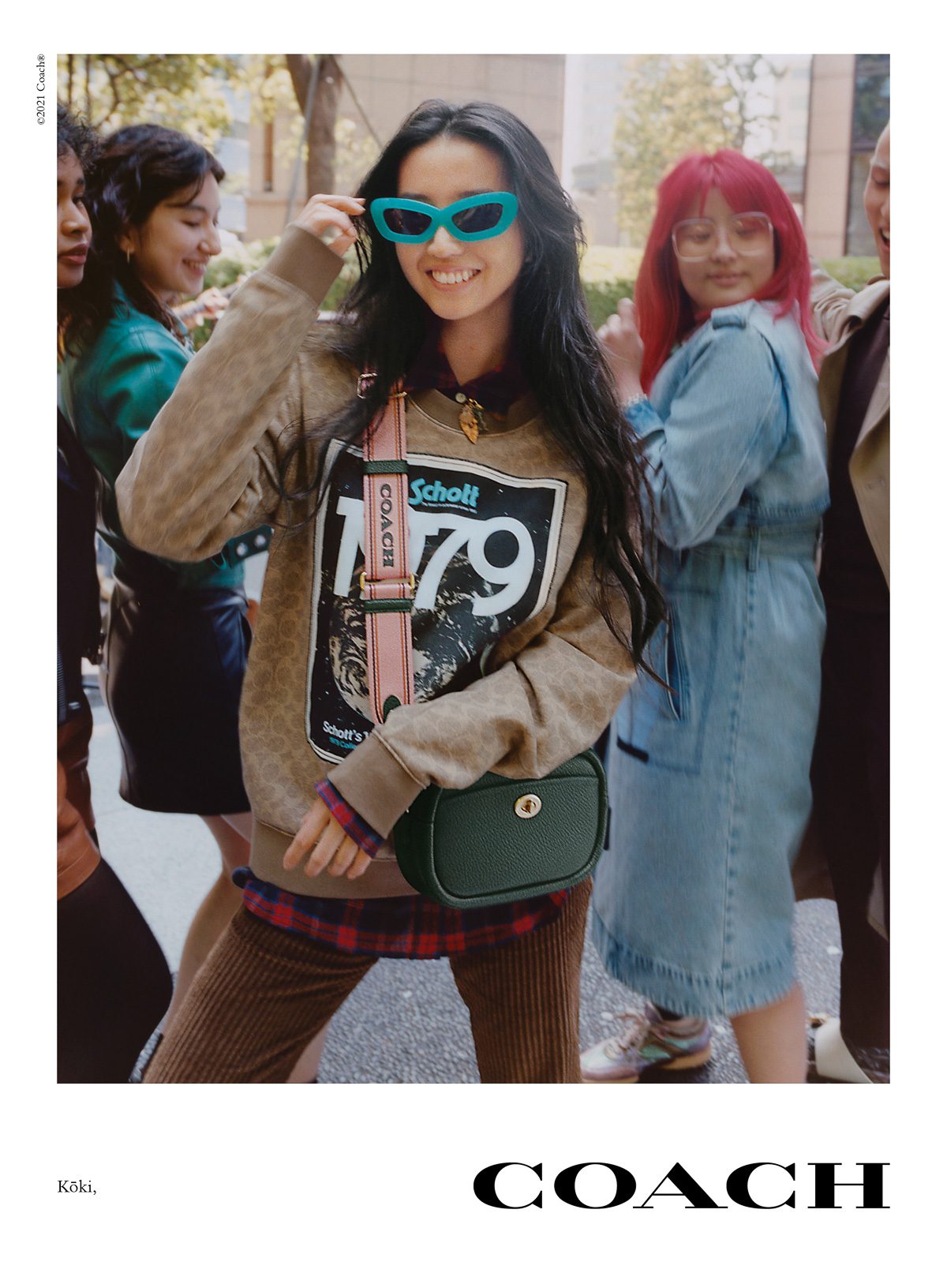
Coach knew that, and in 2021, the brand embarked on a mission, carefully planning (and successfully executing) a strategy to appeal to Gen Z.
They knew that the first step was changing consumer perception. Alice Yu, vice president of global consumer insights at Tapestry, Coach’s parent company, candidly expressed to BOF that it was seen as “more of a mother’s brand.”
A Bag-Led Rebrand
The brand had been working hard to shift consumer perception, but it was a slow burn. Then, in 2019, the Tabby was born.
Inspired by an archival Coach style from the 1970s, it was a hit, quickly picking up steam with shoppers. Coach’s team began dedicating time and resources to understanding the data behind its sales and the shoppers making them, a report in BOF explained.
The Tabby has now become an icon for the brand, helping to single-handedly garner an entirely new subset of consumers. From the fan-favorite Pillow Tabby to the Jelly Tabby, Shearling Tabby, and more, the Tabby line is refreshed seasonally.
Average weekly searches for the bag in the US surged in 2021, with a further spike of 368 percent in 2022, data from Trendalytics reported.
One quick search of the hashtag #coachbag or even #coachpillowtabby further cements its popularity, yielding endless results on TikTok.
The Tabby has proven to be a hit, from unboxing videos to bag lovers showing off their Coach bag collections. But it’s not just the Tabby bag that has resonated; other archival designs like the Swinger bag have also seen success amongst this new subset of consumers.
While its data has largely helped to lead the way during the rebrand, its designs at the core remain true to its brand DNA, bridging the gap between the Coach of then and the Coach of now.

